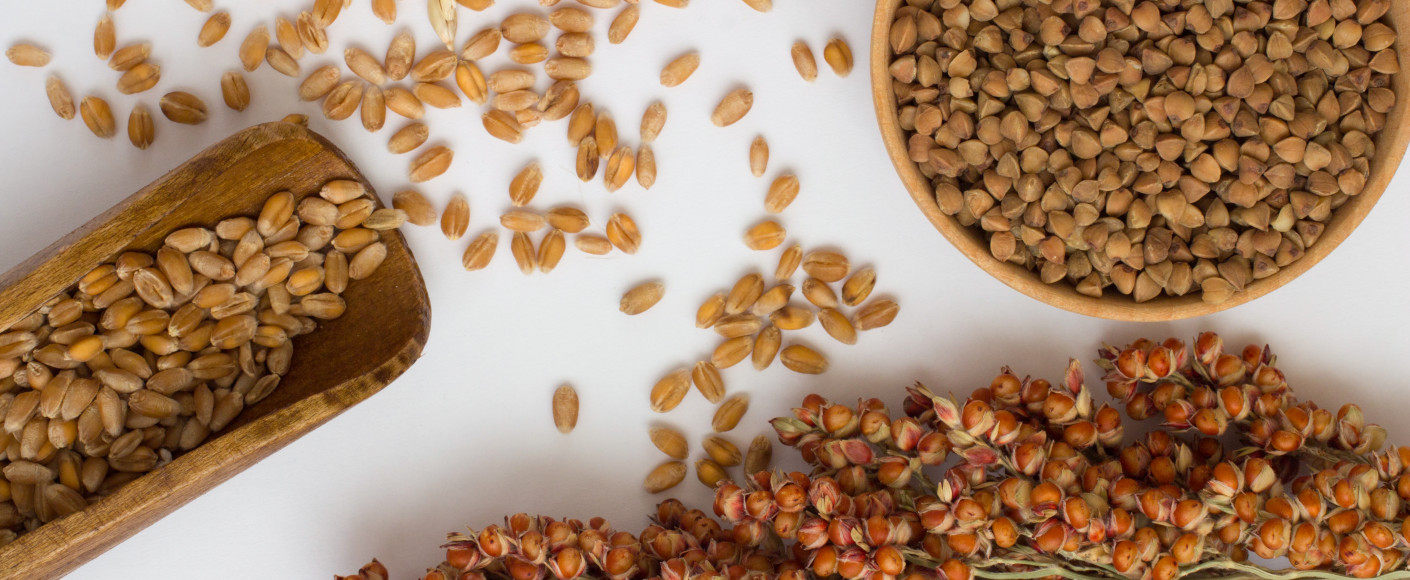What Are the Different Types of Sorghum?
Sorghum, also called milo, is truly a versatile crop. It’s one of the top five cereal crops in the world and can be grown as a grain, forage or sweet crop.
The United States is the world’s largest producer of sorghum. The Sorghum Belt runs from South Dakota to Southern Texas. The top-producing states are:
- Kansas – 3.4 million acres
- Texas – 2.6 million acres
- Arkansas – 450,000 acres
- Oklahoma – 440,000 acres
- Colorado – 440,000 acres
Here’s a look at the main types of sorghum in more detail.
4 Major Types of Sorghum
Grain Sorghum
Grain sorghum can take many shapes and sizes from a tight-headed, round panicle to an open, droopy panicle that can be short or tall. Grain sorghum comes in red, orange, bronze, tan, white, and black varieties. Red, orange or bronze sorghum are very versatile and can be used in all segments of the sorghum industry. Tan, cream and white colored sorghum varieties are typically made into flour for the food industry. Black and burgundy varieties contain beneficial antioxidant properties and are used in other food applications.
Forage Sorghum
Depending on which species and variety is selected, sorghum can be used for grazing pasture, hay production, silage and green-chop. Forage sorghum typically grows 8-15 feet tall and is most popular for use as silage for feeding livestock.
Meet a Pig Farmer Who Grows Forage
Biomass Sorghum
Did you know sorghum can be used to make ethanol?
Biomass sorghum has the largest stature of all the sorghum varieties, reaching a height of 20 feet in a normal growing season. Biomass sorghum has been bred to produce a large amount of non-grain biomass. These hybrids are used primarily for the production of bioenergy.
Sweet Sorghum
Sweet sorghum is predominantly grown for sorghum syrup. Unlike grain sorghum, sweet sorghum is harvested for the stalks rather than the grain and is crushed like sugarcane or beets to produce a syrup. Sweet sorghum was once the predominate table sweetener in the U.S. Today, sweet sorghum is used as a healthy alternative sweetener to produce whiskey and rum type products and for biofuel and chemical production.
Learn How to Cook with Sorghum
Sorghum Recipes
Try cooking with sorghum to enjoy this hearty, healthy grain!




